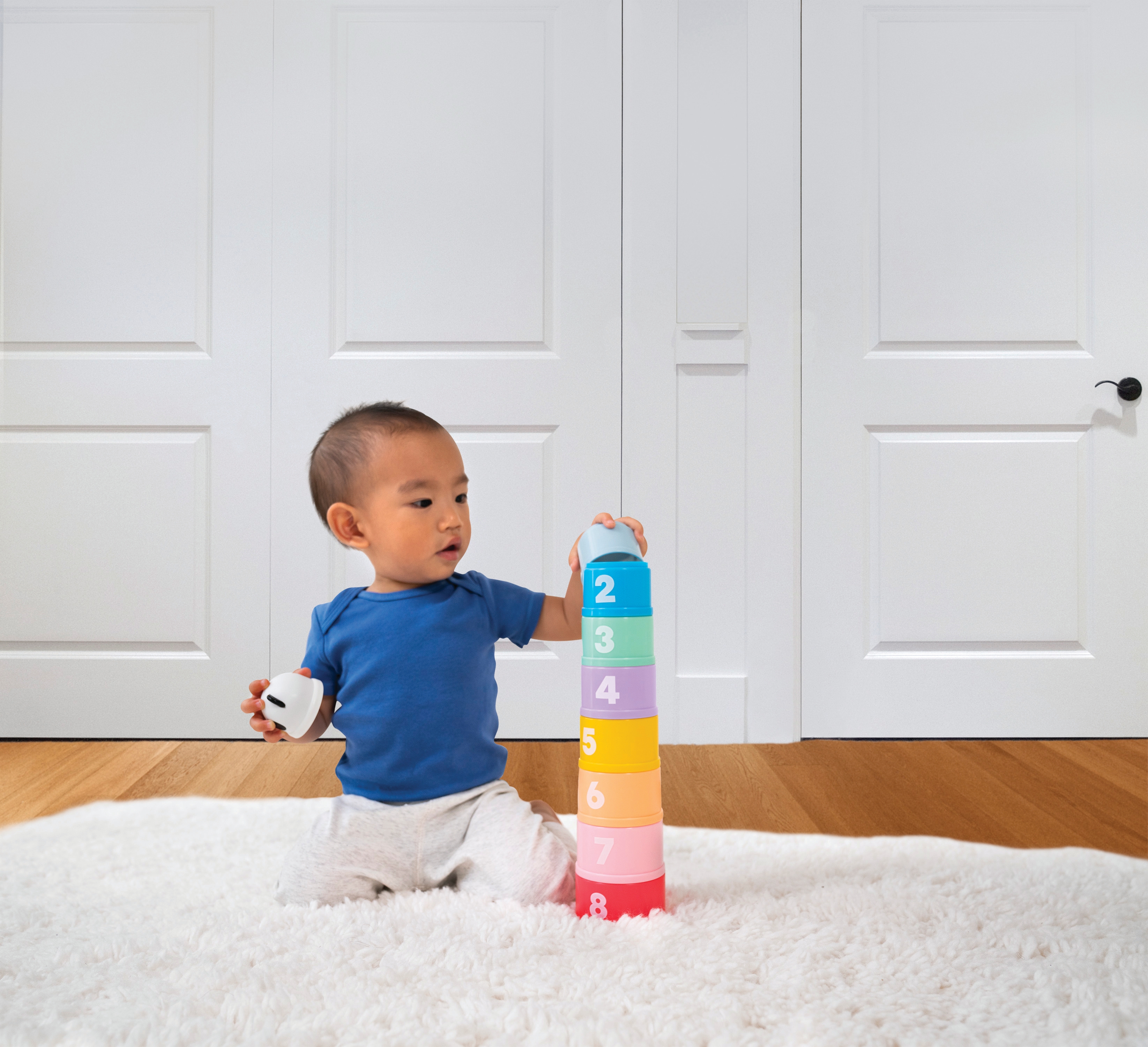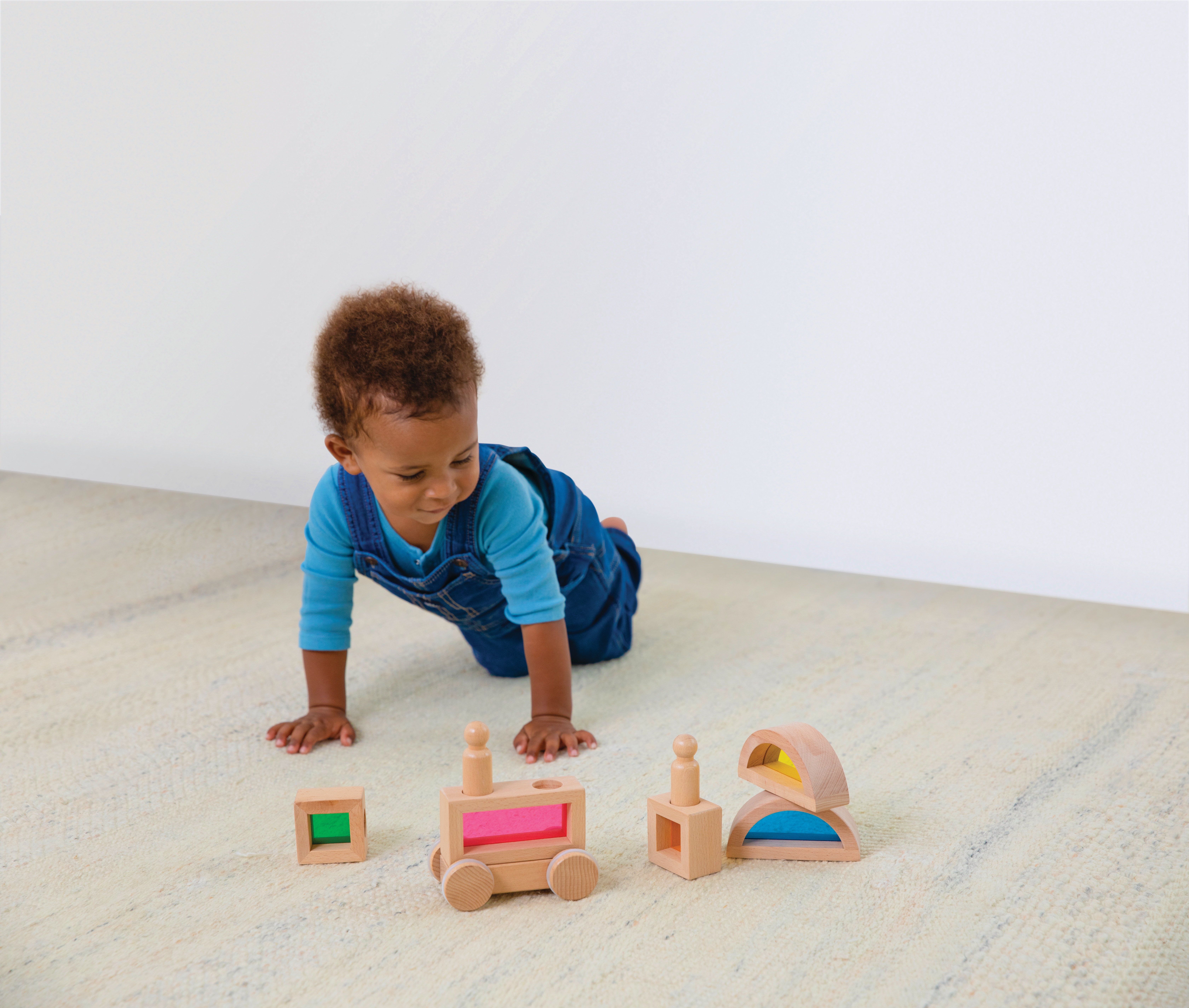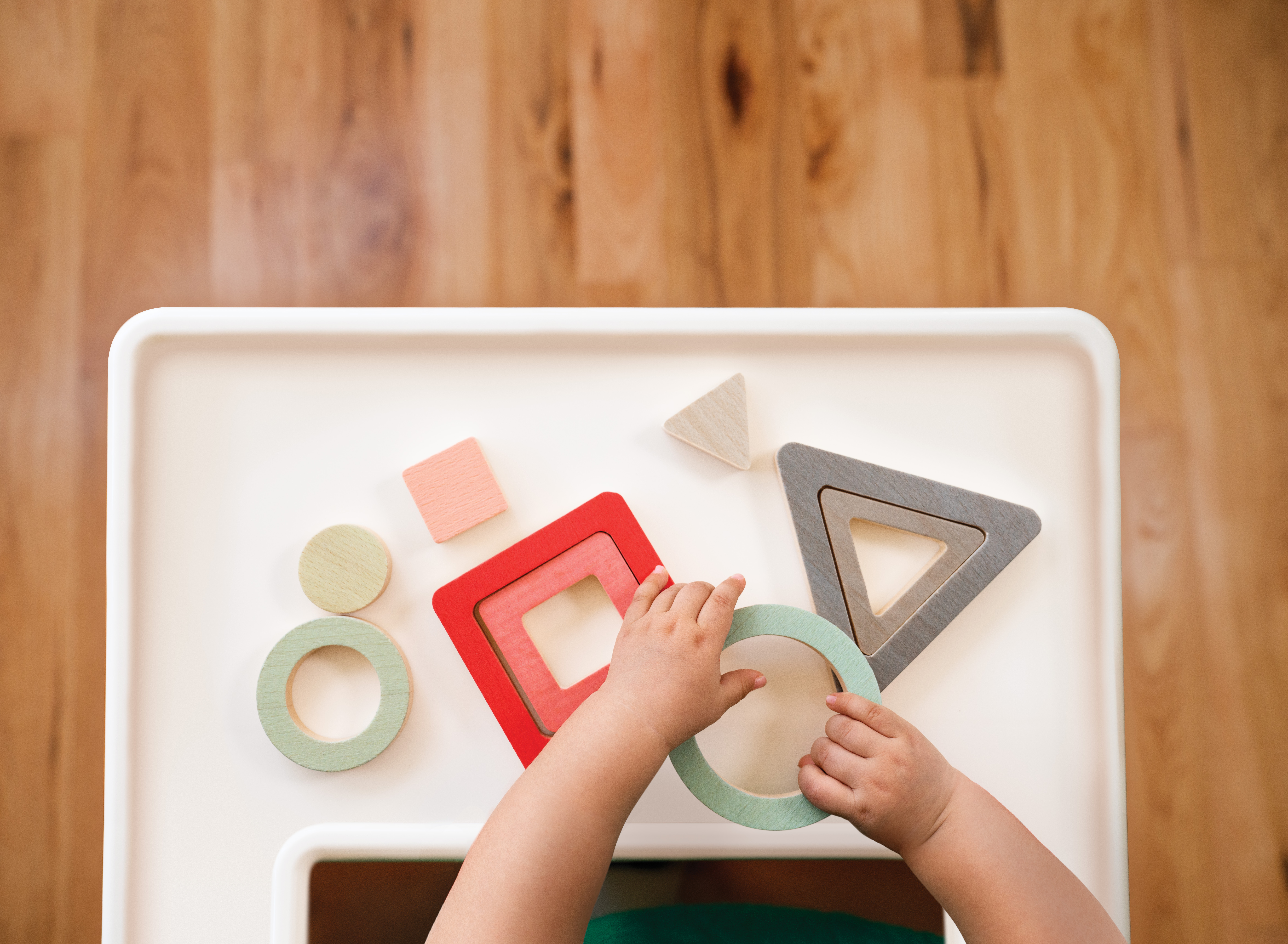1. The best toys are the ones that parents and young children can play with together.

Go ahead and show your child how a toy or game works, but then encourage them to direct the play and follow their lead. And remember that these moments of play are great opportunities for meaningful interaction with your child. Playing together doesn’t just build motor skills and creative confidence, but also trust, affection, and cooperation. Try turn-taking games (like blowing raspberries, rolling a ball or car back and forth, sharing a crayon, stacking blocks
2. Pick toys that provide both opportunities to flex some of the skills they have already mastered and hone those they are still working on (with a little grown-up help, of course).

Toys like puzzles and shape sorters fall right in the sweet spot we call the Zone of Proximal Development, which is optimal for learning and building a capacity to challenge oneself. It consists of those areas a child has some mastery over already and is also stretching to attain new skills in a way that they are not overwhelmed by the challenge. Teaching kids to be comfortable in this zone is one of the best ways to help build all sorts of social-emotional skills, like self-control, patience, turn-taking, thinking before acting, concentration, and persistence as well as self-confidence and a can-do attitude. For example, with puzzles, help them find the piece and position it. Each time, let them do a little more on their own and watch them giggle with delight.
3. Look for open-ended toys that foster your child's imagination by offering a variety of ways to play.

Basic blocks are a classic for a reason! They recapitulate the sticks and stones our prehistoric ancestors likely played with, which required imagination and built engineering skills. Together you can stack them, sort them, build cities for your toy cars to drive through and so much more. Who knows what other clever ideas your kid might come up with!
